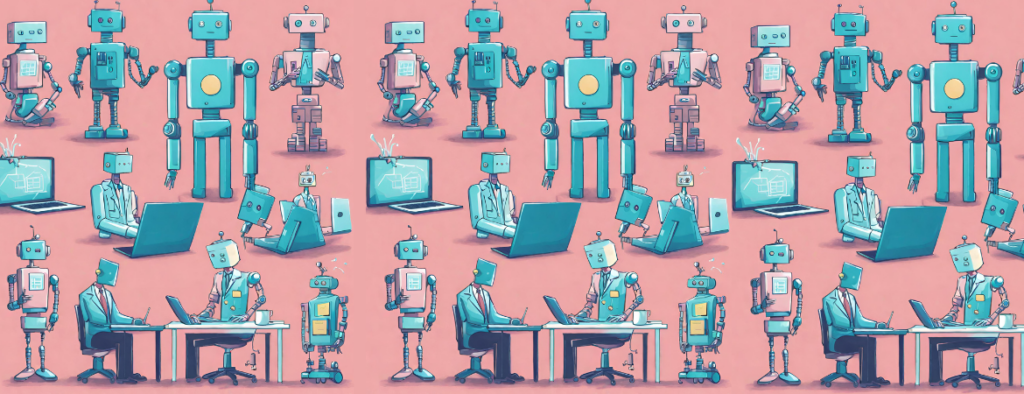tutorials
Generative AI use cases

Generative AI has been the hottest topic of discussion in the tech arena for some time now, since its ability to create new has been a real game-changer. Content creation feature has opened up countless new applications and modifications of AI tools, across different sectors and industries.
This tutorial covers some of the top generative AI use cases – let’s dig into it!
Writing and content creation
Generative AI, using models like GPT-3, can draft articles, create poetry or even write scripts. It can be a useful tool for bloggers, screenwriters, and anyone in the creative field looking to draft original content or overcome writer’s block.
Generative AI can help in drafting and editing content, providing suggestions for better wording and proofreading, and even creating ideas or topics for writing. For instance, in blogging, generative AI can help in coming up with attractive headlines, introductions or summaries on a given topic. Nevertheless, it cannot replace human creativity and writing skills, and should rather be used as a productivity boosting assistant.
Graphic design and art
Using image generation AI tools, artists and graphic designers can create new artwork or design elements. AI can also help in enhancing or modifying existing designs, thus making the creative process more efficient.
Similar to writing, visual artists can use AI tools to try out different ideas, combinations and “brainstorm” with the AI, which can enhance their productivity and inspiration. For instance, with textual prompts, generative AI can help in making draft logos, creating illustrations, or even modifying images according to instructions.
Medical research and drug discovery
Generative AI can help in creating molecular structures for new potential drugs. By analysing existing molecular data, it can propose new drug compounds and, thus, speed up the drug discovery process.
Generative AI can speed up drug discovery by predicting the potential effectiveness and safety of new mixes. It can also assist in the design of new molecules for targeted therapies based on a specified set of parameters. Also, AI shows great potential for the diagnostics field, since it can analyse large amounts of patient data including medical images, bio-signals, vital signs, demographics, medical history or lab results with great speed.
Education
Generative AI can be used to create customised learning materials, quizzes, and interactive content – providing a personalised learning experience for students. It has the potential to use student data (interests, performance, learning patterns) to adjust learning content and experiences, for example, difficulty level and pace, thus meeting each student’s needs.
If used responsibly, conversational generative AI tools can be used for tutoring as well, since these chatbots can explain very complicated concepts to people of all ages.
With AI expansion, teachers will have to adapt their learning programmes, tests and materials in new and creative ways, so as to prevent misuse of AI tools, which might enhance students’ critical thinking skills in the long run.
Financial fraud detection
By using machine learning algorithms, AI can analyse huge amounts of data efficiently and accurately and, through that process, identify anomalies or suspicious transactions in the field of finance.
Coding
Generative AI has already made an impact on software development workflow, introducing automation and increasing productivity and creativity in some stages of the development process.
Generative AI can predict entire lines of code, save time and reduce error margin through automation. AI-powered tools can review code at a larger scale than it is possible to detect bugs manually.
Generative AI is capable of handling complex code translation tasks, which involve converting code written in one programming language or framework into another. These tools can learn the underlying structure and patterns of the source code and generate an equivalent code in a different language or platform.
